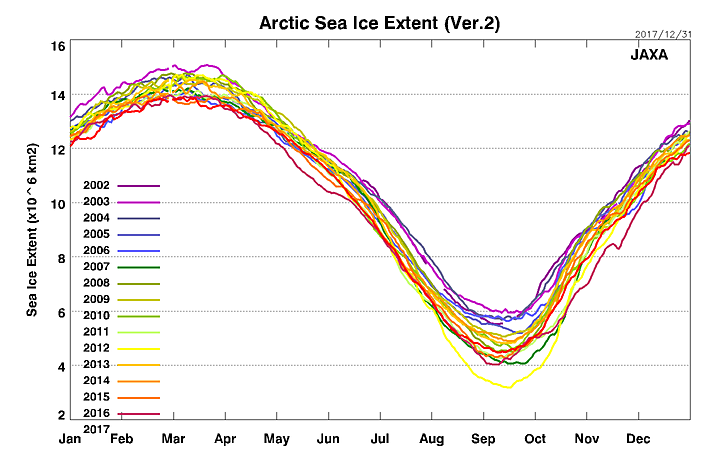Olde Europe
Diamond Member
- Dec 8, 2014
- 6,025
- 4,523
- 2,065
Other than that I haven't a clue what you're talking about here.
Yeah, but neither has he.
I admire your patience at times. Really, I do.
On the other hand, the two aren't here to learn or debate, they're here to destroy threads with their repetitive off-topic spamming, insults to intelligence, all. Your attention to their destructive efforts assists in their endeavor. I thought, that ought to be pointed out.
This thread is about Arctic Sea Ice. Let it not be dragged through the otherworldly rubble of the denialingdongs' la-la-land.

